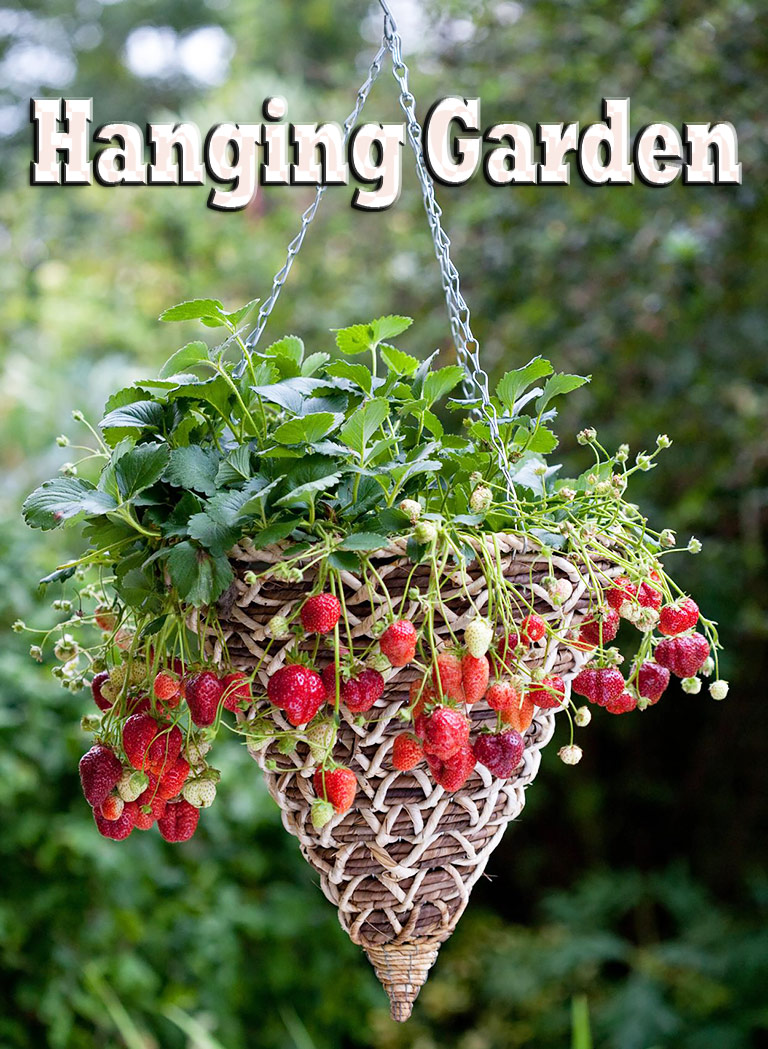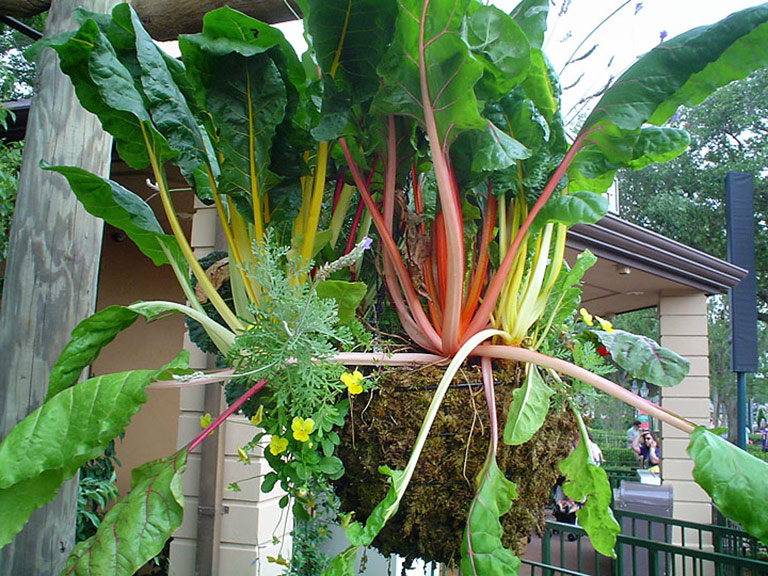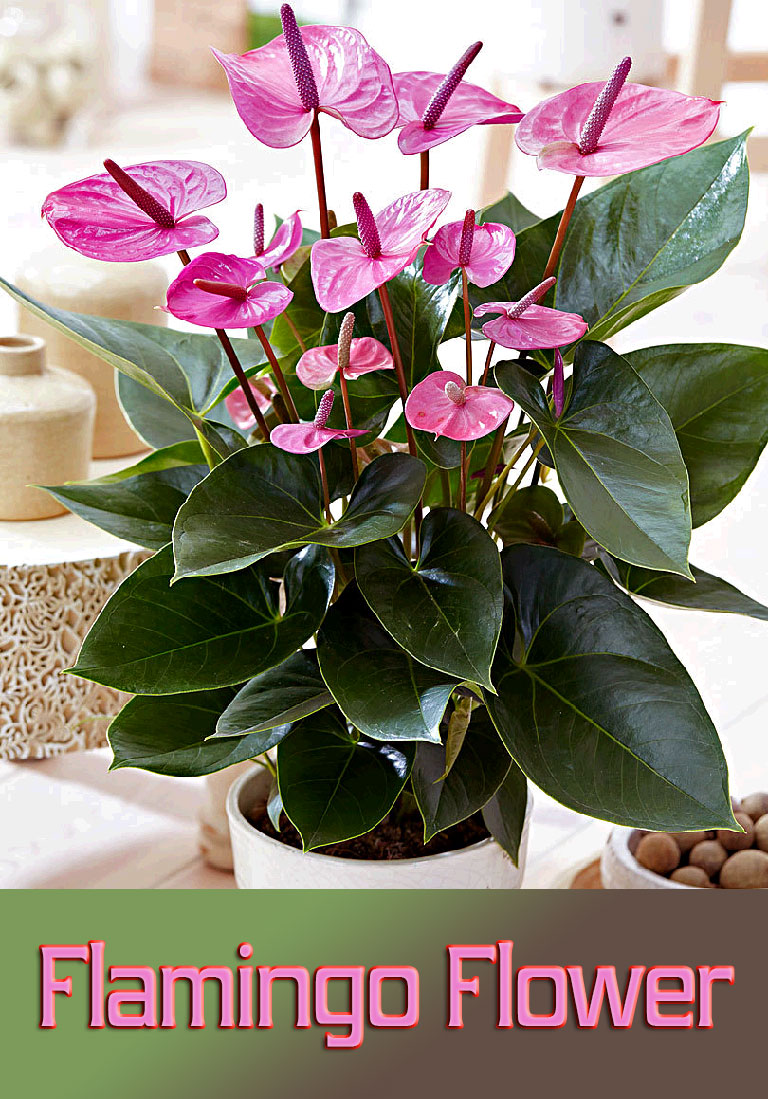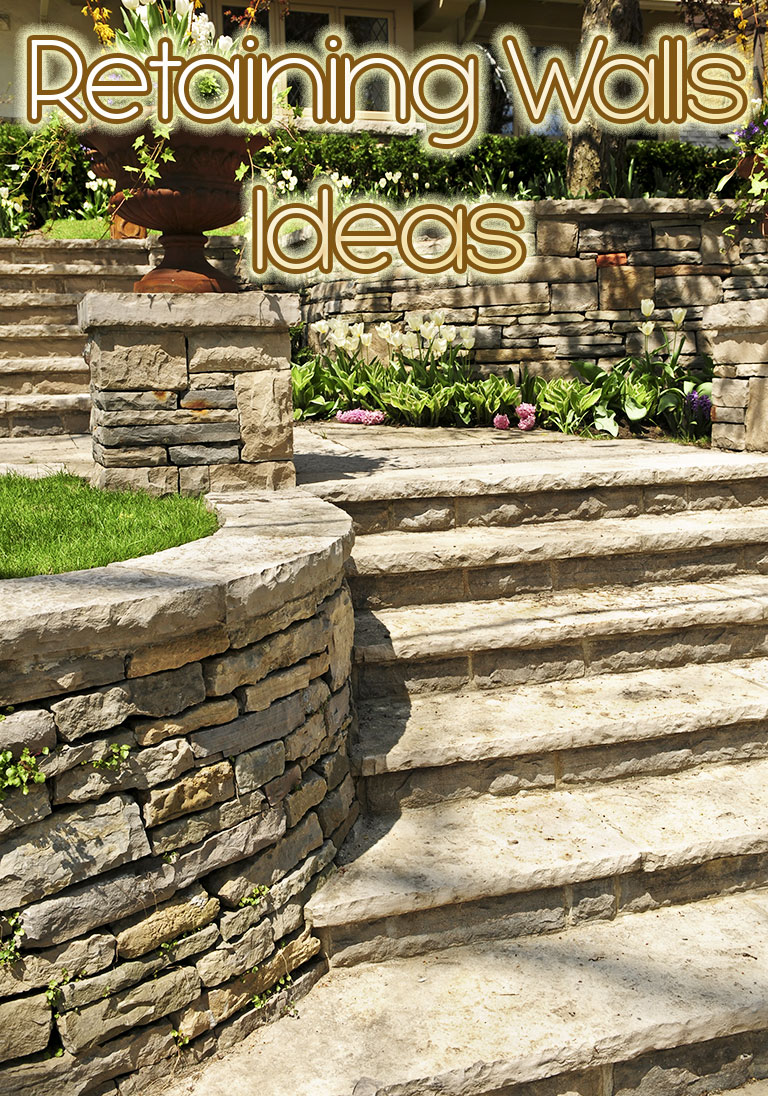
Gardeners who are limited when it comes to space are always experimenting with ways to grow food vertically, and using hanging pots is often one of the very best options. Even if you aren’t worried about space, growing food crops in a hanging container can be a fun way to add more visual interest to your garden – after all, some fruits and vegetables are just as pretty as flowers.
It’s fairly simple to create a custom hanging garden with just the plants you want. The pots can be lowered for watering, maintenance, and harvest, and it’s easy to bring them inside should the heat become excessive, frost hit, high winds threaten. Space-saving fruits and vegetables have become so popular that a cottage industry has been built around planting solutions for small gardens, and growing vegetables in hanging pots is one of best options out there.
If you have a container garden on the ground, it’s time to move it up. Growing fruits and vegetables in hanging pots can not only free up space in your garden but it can free up space on your back porch so that you can grow even more plants in a small space. While hanging pots are often associated with bedding plants, there’s really no reason not to grow fruits and vegetables in them. Provided you choose the right additions, which we’ll discuss in a bit, you keep them fertilized and watered, they’ll thrive, looking great throughout the season while providing tasty fresh produce for your kitchen as well.
The Basics Of Growing Fruits & Vegetables In Hanging Pots
Choosing a location for the hanging pots
You’ll first need to decide on a location to hang your containers. Most fruits and vegetables grow well in areas that get at least six hours of direct sunlight each day, but you can also locate them in spots that receive less sunshine and use more appropriate plants like herbs to grow in those. Another consideration for your hanging pots is the height. Be aware of how much sunlight your particular plant needs, and remember that full sun reflected by a bright stucco wall or radiated by asphalt is hotter than full sun in a green garden plot. Planters shaded by a building or wall to the south generally won’t get enough sun to foster normal, healthy plant growth, and west-facing windows may toast your plants to death.
Another thing to keep in mind is that if your pots are hung up too high, you won’t be able to water them easily, and as they require frequent watering, at least once each day, be sure that you can easily reach them, but that they’re not in the way of a path or another place that might hinder someone walking by.
Loose, dangling plants are susceptible to battering, bruising and breakage in high wind, so be sure to place them in sheltered spots.
Preparing your pots
Preparing your pots to grow vegetables and/or fruit, isn’t all that different from preparing them for flowers. You’ll need a container that has good drainage, and adding a quality planter liner will help to protect the soil and the roots of the plant. In order to minimize the weight, it’s best to use lightweight potting mix rather than garden soil.
You’ll also need to make sure you should use the right size pot or basket. For heavier, full-size plants that have a deep root system, choose a five-gallon bucket to use as your hanging container. Simply fill it with your potting mix and then drill holes in the sides and the bottom of the bucket for drainage. You can plant several different plants in one, but you’ll need to be careful not to overcrowd them. For heavy feeders, such as peppers and tomatoes, stick to just one plant per container.
Feeding & Watering

Feeding your plants regularly becomes even more important when growing them in hanging pots as they’ll deplete the nutrients in the soil quicker than they would if they were planted in the ground. As with any plant that is productive, more flowering and fruiting will occur with regular feeding. If you’re growing tomatoes and other plants that like calcium, you may want to add egg shells. There are a number of homemade fertilizers you can use to help keep any vegetable plant healthy and strong, depending on the particular plant. An Epsom salt fertilizer is great for magnesium-loving plants, including tomatoes and peppers. To make it, simply combine a tablespoon of Epsom salt and a gallon of water in a watering can and use the solution to water your plants, repeating once each month. Do a little research on Google on your specific plant’s needs and you’re sure to have multiple homemade fertilizer recipes.
Keep in mind that your potted plants will dry out faster than plants in the ground – in fact, they may need watering several times a day. If that sounds like a challenge, you could set up a miniature self-watering irrigation system that will water all of your hanging pots for you – it will also make it easy to keep them watered when you have to go out of town. Hanging basket irrigation systems can be purchased online, including sites like Amazon.
Adding a layer of mulch helps to retain moisture between waterings too.
Upside down plants
A popular trend in hanging gardens is the upside-down growing system. While it’s frequently touted for tomatoes and strawberries, it can also be used for plants that naturally trail, like cucumbers, beans, and peas. Peppers and aubergines also tend to work well using this method. An important upside to this technique is that you’ll never have to weed.
Plants instinctively grow upward, and you’re likely to notice some interesting shapes occurring as they do. You may need to gently tie the stems in the direction you’d prefer them to go or to place weight on them as you need to in order to encourage growth past the base of the container before branching upward.
It’s easy to make your own upside down hanging container using a large plastic pot or a five-gallon bucket. Follow these steps to do so:
- Install hanging hooks before planting, and make sure that they’ll be able to hold the weight of the pot, plant and the soil.
- Drill a hole in the bottom of the planter for each plant. If you have large plants like tomatoes, drill one 1″ to 2″ hole for each container, right in the middle.
- For smaller plants, like peas or beans, drill up to eight holes max. For strawberries, aubergine,s and peppers, about half that amount will be sufficient. The holes must be large enough to fit transplants through, either foliage first or roots first, as well as to accommodate the stem of the plant once it matures.
- Hang your container, and thread each plant through a hole.
- When the seedling is in place, add your moistened potting mix a little at a time, gently pressing it as you go, until the transplant is stable. As you place more plants into the soil, add some compost around each one to hold it in place.
- Continue adding soil, until you get to within about 2″ to 4″ from the top. Water well, until the excess begins to drain out the bottom.
Planting from the sides of the basket
When using hanging containers for your plants, you can also have plants growing from the sides. To do this, you’ll need to make holes in the liner and sides of the container at the appropriate places, cover the seeding tip with a piece of recycled paper as protection, and then insert the seedling from inside, so that the shoot is now on the outside. This will help the plant grow down or from the sides of the hanging basket, covering it with greenery once the plant has taken root and new leaves appear. Herbs like mint are especially good for planting this way, and it makes it easy to harvest them as you need them.
Hanging garden general maintenance & harvesting
To keep your hanging garden plants thriving and producing, there are a few more things you’ll need to do once you’ve planted and watered them. Unless you’re using the upside down hanging method, you’ll need to weed regularly, which can be done by bringing the containers down once a week to weed or simply standing on a stool to reach them.
Rotating your containers is a good idea to make sure all of your plants get the sunlight they need. As most require direct exposure, you’ll need to turn them a quarter to a half circle every week. That will also help ensure that all of your plants grow evenly.
Another thing to consider is that you don’t want your containers to get too heavy as the plants grow. You can take care of this by providing extra support to vines as they bear fruits and vegetables, such as tying the vines to a trellis for better support. It’s also important to prune away any decaying or yellowing leaves you see in your plants in the hanging containers. This not only helps maintain visual appeal, it minimizes the loss of nutrients and prevents the spread of disease.
Harvesting your mature fruits and vegetables should be done as soon as possible when growing them in hanging containers – it helps reduce the weight of the container, and on any vines, helping both the container and the plants to last longer.
The Best Fruits & Vegetables To Grow In Hanging Pots
Not every type of plant does well in hanging pots. For example, watermelons, and many types of squash, are just far too heavy, while corn is way too tall. But there are lots of smaller plants that are likely to thrive. Vining crops whose fruits are light enough to handle all the drooping without breaking, and smaller, upright varieties, are ideal. Just remember that when choosing your container, you’ll want one that can support the weight of the growing vines, the produce, the soil, and water.
Lettuce. Lettuce is great for hanging pots as it’s lightweight and fairly easy to grow. It prefers full sun, except during the intense heat of the hottest summer months, when you’ll need to give them some shade in the afternoon to prevent the leaves from wilting and becoming bitter.
Cherry tomatoes. If you’re new to gardening, cherry tomatoes should be your No. 1 pick as they’re the easiest to grow and they look beautiful in a hanging pot too. Look for a bush variety that will stay compact while it trails down the sides of the container – the “Tumbler,” is especially well-suited to this type of gardening, it will easily spread to fill containers, producing attractive clusters of fruit. Be sure to just plant one per pot, as they tend to hog up both nutrients and water.
Spinach. Spinach is also a great addition to a hanging pot. Plant three spinach seedlings, or sow spinach seeds and thin to three plants. Try to get them in a triangle layout to give each plant enough room.
Chard. Chard is a gorgeous leafy green that’s related to spinach and beetroot. It’s not only incredibly nutritious, but its colorful stems make it an especially attractive crop that can brighten up any area around your home. It even comes in rainbow-hued varieties too.
Strawberries. Strawberries are super easy, requiring little maintenance, yet bearing fruit all summer long. Growing them in a hanging container is no different than growing them in a pot on the ground. One of the best varieties for this purpose, is sweet alpine strawberries – they’ll even tolerate some shade, but because they have shallow roots it’s especially important to keep them watered frequently.
Peas. Peas are also outstanding to grow in hanging pots and they make a visually appealing addition to your hanging garden – just be sure to water them every day so they don’t dry out.
Cucamelons. Cucamelons, also known as Mexican sour gherkins, are a great alternative to your standard cucumbers, which tend to weigh hanging containers down too much unless harvested when they’re small. These adorable fruits look like miniature watermelons but are similar to cucumbers in taste. They grow on a thin vine and are surrounded by ivy-like leaves, making them ideal for hanging pots. Place them in a sunny spot and enjoy.





Leave a Reply